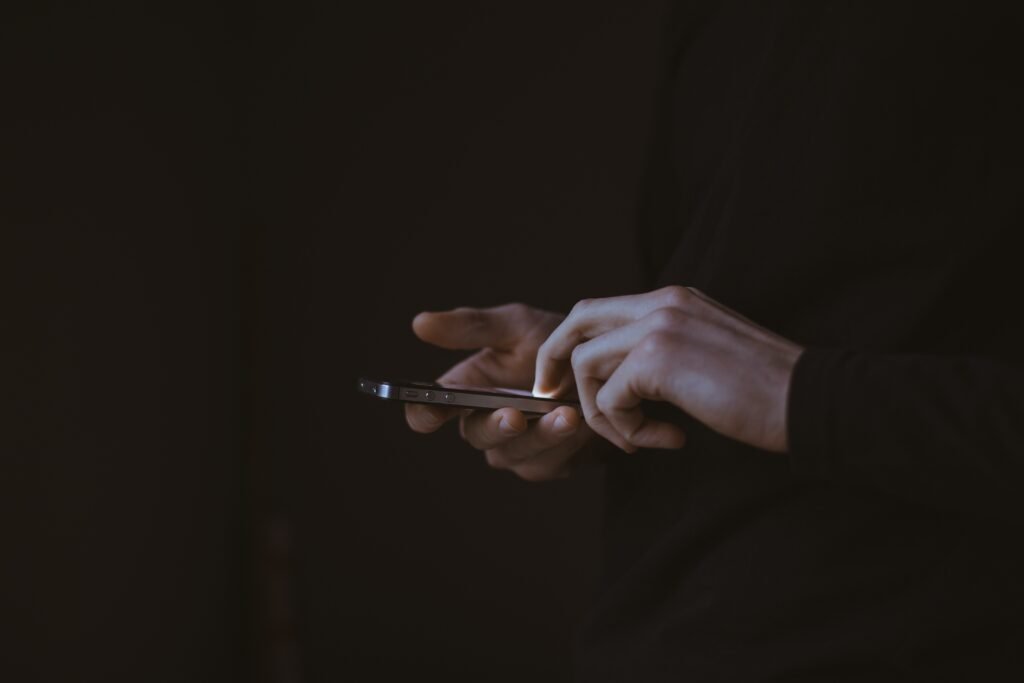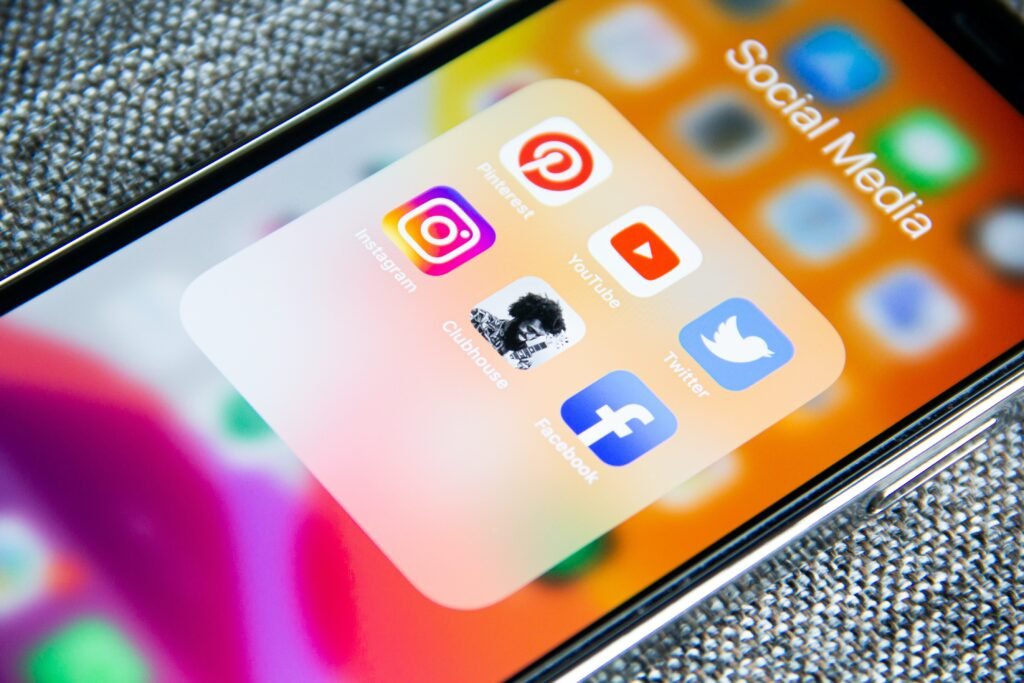Introduction
In an era dominated by digital screens and endless notifications, the modern age of indulgence is more prevalent than ever. At the heart of this digital dependency lies dopamine, a neurotransmitter that plays a pivotal role in our feelings of pleasure and reward.
Anna Lembke’s enlightening book, “Dopamine Nation: Finding Balance in the Age of Indulgence,” delves deep into this phenomenon, shedding light on the unseen addiction of our times. But what is dopamine, and how does it affect our brains and behaviour? How can we break free from the digital trap and find balance in our lives?
In this article, we will explore these questions and more, based on the insights and advice from Lembke’s book.

The Science Behind the Addiction
Dopamine, often dubbed the “feel-good” neurotransmitter, is secreted during rewarding experiences. From finding food to connecting with a loved one, dopamine ensures we feel pleasure, driving us to repeat these beneficial behaviors. However, in today’s world, where survival no longer hinges on hunting or gathering, our sources of dopamine have shifted dramatically.
The internet, with its vast array of social media platforms, has become the modern-day wellspring of dopamine. Every like, share, and comment triggers a dopamine release, creating a cycle of addiction that many are unaware they’re trapped in.
According to Lembke, we are living in a “dopamine nation,” where we are constantly seeking more stimulation and gratification from our digital devices.
But why is this a problem? The answer lies in the way our brains process dopamine. As Lembke explains, dopamine acts as a “double-edged sword,” both enhancing and diminishing our pleasure. On one hand, dopamine increases our motivation and attention to pursue rewards. On the other hand, dopamine reduces our sensitivity to rewards over time, making us need more to feel the same level of satisfaction. This is known as tolerance, and it leads to addiction.

The Smartphone: The Modern-day Hypodermic Needle
If dopamine is the drug, then the smartphone is the modern-day hypodermic needle, delivering potent doses of digital dopamine directly to our brains. Platforms like TikTok, with their endless streams of content, ensure that users are constantly engaged, always seeking the next hit of dopamine.
Much like the hypodermic needle delivers drugs directly into our system, the smartphone, with its captivating colours and incessant notifications, delivers information straight to our brains. The result? An addiction that’s hard to shake off.
But how does this addiction affect us? According to Lembke, excessive dopamine stimulation can have negative consequences on our physical and mental health. For instance, it can disrupt our sleep patterns, impair our memory and learning abilities, increase our stress levels, and lower our mood and motivation. Moreover, it can interfere with our social and emotional skills, such as empathy, communication, and self-regulation.
Social Media’s Addictive Nature
Humans are inherently social beings. Our evolutionary history underscores the importance of connections, with tribes and communities being pivotal for survival. This innate need to connect is what social media platforms exploit. Every interaction, be it a comment or a message, releases dopamine, reinforcing our desire to stay online and interact more.
But there’s a dark side. Social media platforms, armed with advanced AI algorithms, amplify the very properties that draw humans to each other. The result is an exaggerated, often unrealistic online world that can lead to feelings of inadequacy and depression.
For example, social media platforms use algorithms to show us content that matches our preferences and interests. This creates a filter bubble that isolates us from different perspectives and opinions. Moreover, it exposes us to curated and edited versions of other people’s lives, making us feel dissatisfied with our own reality.
Another example is how social media platforms use algorithms to manipulate our emotions and behaviour. They use techniques such as variable rewards, social validation, and fear of missing out to keep us hooked and engaged. These techniques exploit our psychological biases and vulnerabilities, making us more susceptible to addiction.
The Aftermath of Social Media Consumption
The dopamine high from social media is fleeting. Once we log off, our brains, attempting to recalibrate, plunge into a dopamine-deficit state. This stark contrast explains why many feel elated while scrolling through their feeds but experience a profound sense of emptiness once they stop. It’s akin to the crash after a sugar high, leaving us craving more.
This cycle of highs and lows can have detrimental effects on our mental health. According to Lembke, chronic dopamine stimulation can lead to a condition called “anhedonia,” which is the inability to feel pleasure from normally enjoyable activities. This can result in depression, anxiety, boredom, and apathy.
Finding the Antidote
Is there a way out of this digital maze? The answer lies in a “dopamine fast.” By consciously taking a break from our digital devices, be it for a day or a month, we allow our overstimulated brains to reset. This break can alleviate the anxiety and depression often induced by excessive social media use.
Upon returning to the digital world, it’s crucial to set boundaries. Limiting social media usage to specific times, avoiding addictive apps, and prioritising genuine human connections can pave the way for a healthier relationship with technology.
But how can we do this? Lembke offers some practical and realistic suggestions in her book, such as:
- Turn off notifications and sounds on your smartphone.
- Delete or disable apps that trigger compulsive behaviour, such as TikTok, Instagram, or Facebook.
- Use apps that block or limit access to certain websites or platforms, such as Freedom or SelfControl.
- Schedule regular periods of offline time, such as during meals, before bed, or on weekends.
- Engage in activities that provide natural and sustainable sources of dopamine, such as exercise, meditation, hobbies, or volunteering.
- Seek professional help if you struggle with severe or persistent symptoms of addiction.
Conclusion
The allure of social media is undeniable. But as we navigate this digital age, it’s crucial to remember that our brains weren’t designed for the constant barrage of information and stimulation. By understanding the role of dopamine and being mindful of our consumption patterns, we can find a balance in the age of indulgence, ensuring that we use technology as a tool rather than letting it control us.


